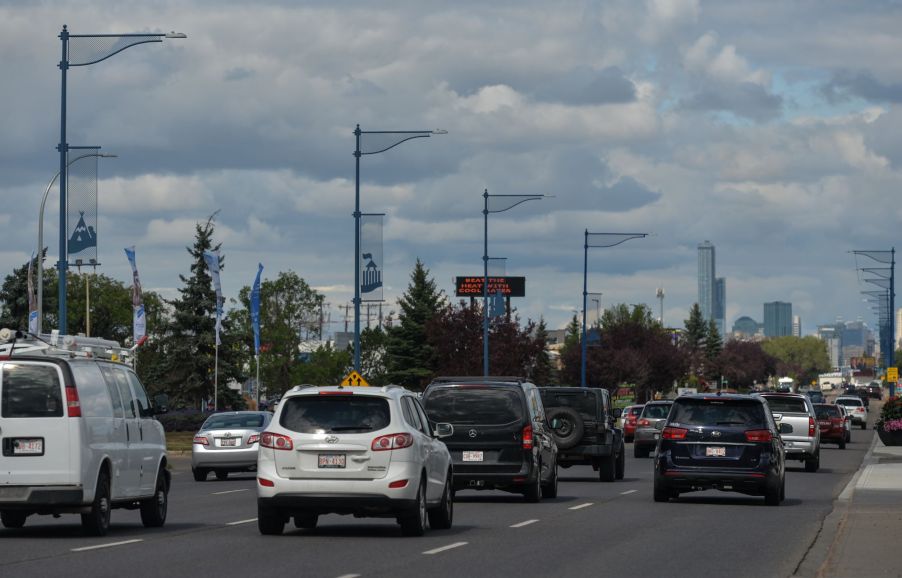
Fatal Teen Driving Accidents Reduced by 75% With Use of Driver-Assistance Safety Technology, Says IIHS Study
Getting behind the wheel takes a lot of our time, energy, and even our attention. While older people tend to drive slower than the minimum speed limit in some areas, teens do the opposite and try to go as fast as they can get away with, thus breaking some major car safety rules. According to IIHS, driving technology offered nowadays is proving to be a lifesaver. Not just for older seasoned drivers, but our teens as well.
What causes teen driver accidents?

As IIHS reports, teen drivers are four times more likely to get into a crash than 20 years old and up. The only other group that might be involved in as many accidents are drivers in their 80s and older. What makes teens such a huge risk when it comes to driving?
The first clue we have is their inexperience. Those with a few or several years of driving under their belt tend to make specific actions a habit, and they don’t generally take risks. On the other hand, teens are far more likely to engage in speeding, going without a seat belt, and even texting while driving, which is why car insurance goes up when your teen gets licensed.
Research also shows that teens are not good at recognizing hazards when they pop up. This leads to them losing control of the vehicle and crashing into other cars or objects. In poor visibility conditions, some teens aren’t likely to slow down the vehicle for precaution. With proper guidance and teaching, some teens will mimic the good driving behavior they see from their parents.
What does the IIHS study say about car safety and teen drivers?
The study IIHS performed concerning car safety and teen driving proved that there can be some hope for teenagers. With the new technology that automakers are offering, any age driver can safely travel in many conditions. Teens might benefit the most from them.
Researchers analyzed data from accidents that occurred between 2016 and 2019. They paid particular attention to crash scenarios that involved crash prevention, lane departure features, and blind-spot monitoring. The analysts concluded that technologies like these had the potential to prevent at least 41 percent of all crashes involving teen drivers. It could also mitigate around 47 percent of injuries and 78 percent of deaths for teens as well.
However, the programs would have to work perfectly at all times, which is unlikely to happen. But, with the new technologies out there on the market, we’re getting closer to having safe drivers amongst our teen population.
Which driver-assistance technologies offer the most benefit for teens?
These days, Ford offers MyKey, and General Motors has their Teen Driver program that enables parents to set a speed limit, get notifications on how well their teen is driving, and other features like the stereo that can be programmed not to work unless the front seat passengers have their belts on. Other systems, like Hyundai’s BlueLink and Grom Social’s MamaBear, offer real-time alerts if the teen is speeding or driving beyond their curfew time.
When it comes to driving, a couple of features are helpful toward making their ride safe. Crash prevention technologies and lane departure features are definitely relevant for teens as they can help in situations where they don’t recognize something as a hazard in their path.
Also, if they get distracted while driving, the lane departure warning will alert them to what’s happening or possibly steer them back on track, depending on what type of system the vehicle has. Even blind-spot monitoring can snap teens back to attention if need be.
There are safety practices for drivers of all ages and even for our pets, but the most vulnerable group now seems to be the teen drivers. With the advancement in technology, especially programs that are designed for teenagers, driving can become much safer for our young ones.


